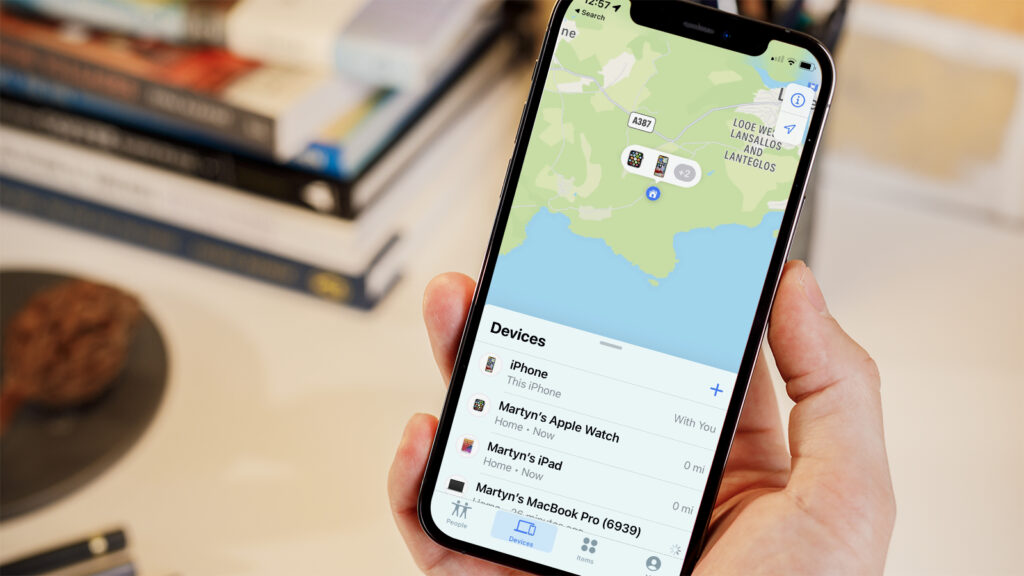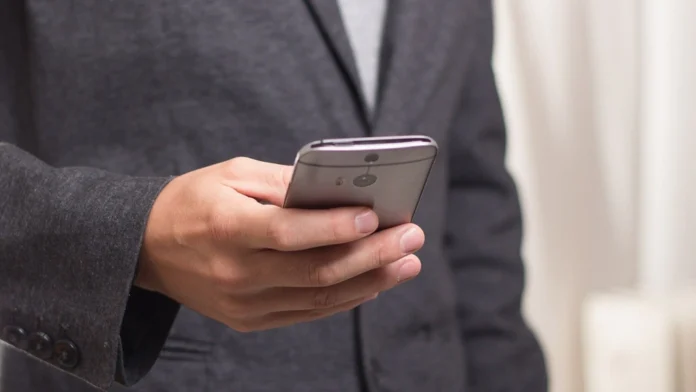Discovering that your mobile device has been lost or stolen can be an unsettling experience that triggers panic. However, it’s crucial to stay calm and take the necessary steps to recover your device or safeguard your data. While you may never retrieve your phone, you can ensure the safety of your personal information from potential misuse.

Safeguard Your Digital Life Across Devices
Concerned about the loss of personal information or precious data on your computer? Gain comprehensive protection with Norton Security Deluxe for all your devices, including up to 5 PCs, Macs, smartphones, or tablets. Sign up today and enjoy a free 30-day trial on multiple devices.
Inform the Right Authorities
The initial step is to report the theft of your mobile device to the authorities. Filing a police report not only aids insurance purposes but also increases the chances of recovery. Additionally, inform your cellular provider to address unauthorized charges and calls.
Initiate a claim with your insurance company to initiate the process of securing a replacement device. Also, notify your employer, family, and friends about the incident.
Utilize Device Tracking
A valuable measure is to leverage your device’s tracking feature to locate it. The availability of this feature depends on your device. For instance, iPhone users need to set up the Track My Phone feature, while Android users can track their devices using Android’s Device Manager without prior configuration. Tracking services utilize GPS signals to pinpoint your device’s location on a map, providing vital information for the authorities.
Prevent Unauthorized Access to Personal Information
Next, take steps to prevent the thief from accessing your personal information. Visit the websites of the apps you use and log out or de-register if possible. Change your passwords as an additional security measure. The process of preventing data access may vary depending on the device. For example, Blackberry users can utilize the Blackberry Protect website to lock the device, change passwords, view the device’s location, delete data, and flag it as stolen, among other features.
Deactivate as a Last Resort
Deactivating your device serves as a last resort if recovering it becomes unfeasible. Although this renders tracking impossible, it prevents the thief from accessing your personal information and making unauthorized charges. It also hinders the thief from resetting the device or adding a new SIM card. Keep in mind that communication with your device will be severed, but it provides a protective option while awaiting a replacement.
Additional Tips
Confronting a thief personally is not advised. However, you can take proactive measures to prevent device theft:
- Never leave your device unattended in public places. Treat it as an investment and avoid leaving it within easy reach of potential thieves. According to the FCC, most mobile device thefts occur due to opportunistic situations.
- Stay vigilant and keep your device concealed when in less secure environments. If you must use it, hold it securely with both hands. Treat your device like your wallet, avoiding unnecessary exposure.
- Set a passcode to protect personal data. Since your device likely contains sensitive information, such as contact details, private messages, and apps with credit card numbers, ensure you set a unique passcode to keep unauthorized individuals out.
Unfortunately, as long as a black market for mobile devices exists, your phone, tablet, or smartwatch remains a potential target. Be cautious about where you use your device, take measures to enhance its security, and stay updated on the latest security tips. Remember that newer devices often attract more attention, so bear that in mind.
Locate, Secure, or Erase Your Lost Android Device
If you misplace an Android phone, tablet, or Wear OS watch, you have the option to locate, lock, or erase it. When you add a Google Account to your device, Find My Device is automatically enabled. If you allow Find My Device to encrypt your device’s most recent location and store it with Google, the location information will be accessible to the first account activated on the device.
Note: To find, lock, or erase a Wear OS device, ensure it is connected to Wi-Fi or mobile data.
Here’s how to find an Android device:
Make sure the device:
- Is signed in to a Google Account.
- Has Location turned on.
- Has Find My Device enabled.
- Has power and is connected to mobile data or Wi-Fi.
- If the device is powered off or not connected to mobile data or Wi-Fi, you may still be able to find its most recent location if you have enabled “Store recent location.” Learn more about 2-step verification backups.
- Is visible on Google Play.
To lock or erase an Android device, ensure the device:
- Has power.
- Is connected to mobile data or Wi-Fi.
- Is signed in to a Google Account.
- Has Find My Device enabled.
- Is visible on Google Play.
If you use 2-step verification, refer to 2-step verification backups.
To find, lock, or erase a device remotely, follow these steps:
- Open a web browser and go to android.com/find.
- Sign in to your Google Account.
- If you have multiple devices, select the lost device at the top of the sidebar.
- If your lost device has multiple user profiles, sign in with a Google Account associated with the main or personal profile. Learn more about user profiles.
- The lost device will receive a notification.
- On the map, you’ll see information about the device’s location.
- Please note that the location provided is approximate and may not be entirely accurate.
- If your device cannot be located, you may still see its last known location, if available.
- If prompted, tap “Enable lock & erase.”
- Choose one of the following actions:
- Play sound: This option makes your device ring at full volume for 5 minutes, even if it’s set to silent or vibrate.
- Secure device: This option locks your device using your PIN or password. If you don’t have a lock, you can set one. To facilitate the return of your device, you can add a message or contact number to the lock screen.
- Erase device: This option permanently deletes all data on your device (excluding SD cards). After erasing, Find My Device will no longer function on the device.
You can also use the Find My Device app, locate your device using your Wear OS watch, or find your Android device’s IMEI number if needed. It’s important to note that Google collects certain information to assist in finding lost Android devices. This information is collected for service functionality, fraud prevention, security, and compliance purposes. Your recent location is encrypted using your Google Account password for enhanced security. Other data collected by Find My Device is encrypted during transit. If desired, you can delete all devices and their locations through the Find My Device app.


